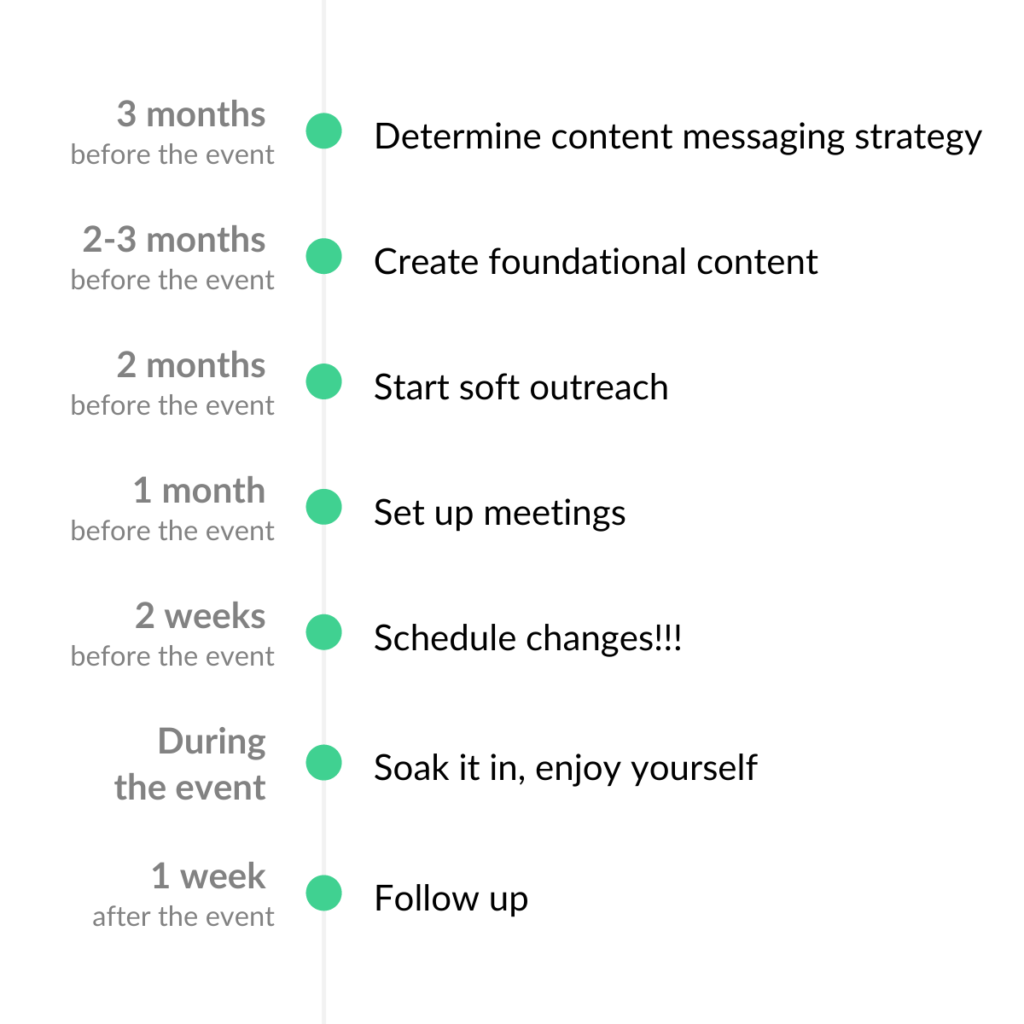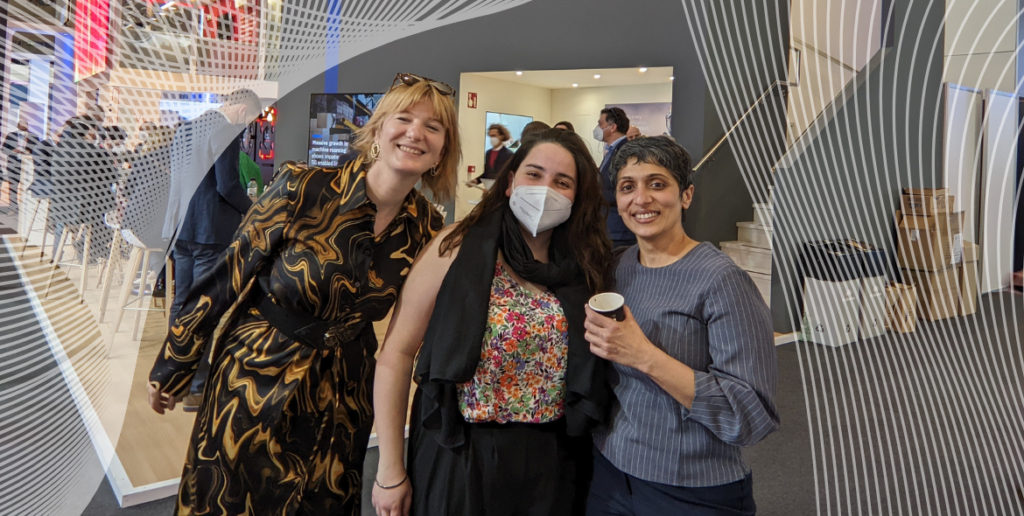What should your content marketing for a trade show like Mobile World Congress look like?
The Isoline gang was happy to be back in person at Mobile World Congress Barcelona last week, after the show’s cancellation in 2020 and a much reduced in-person event in 2021. Despite a reduced number of exhibitors and visitors, it remains the milestone event of the year for the mobile ecosystem with over 1,500 exhibitors and an estimated 40,000 – 60,000 visitors from 183 countries – so it’s easy to get lost in the noise.
In the weeks leading up to the show, marketing teams around the world are typically sending e-mails and making calls to prospects, trying to book meetings into executive schedules that look more like a satellite-launch critical path than anything else. And don’t even get us started on the battle for the stand’s meeting room.
But what is the right content strategy to create the biggest bang for your trade show buck today? What has changed from previous years? For a show in March, is it too late to start in early January, or too early? When should companies start their content marketing campaigns for MWC?
Here are our top recommendations. While they include lessons learned from MWC 2022, they apply for any tech trade show.
Lay the groundwork early and create a runway into the show.
MWC is traditionally a meeting-heavy show with most attendees treating it as an opportunity to see and be seen, renew relationships, and educate themselves. In 2022, most companies brought much smaller teams and therefore, availability was a challenge: and this situation is likely to persist in the coming years.
As a result, small to mid sized vendors in particular would be well advised to start their trade show campaigns early. Start internal conversations about key themes and topics at least three months in advance, by creating foundational messaging and content such as web pages, white papers, etc, that you can build your campaign themes on. Outreach to prospects should start a couple of months in advance to allow for adequate follow up.

Keep the messaging accessible
It’s the business of any trade show to think of the future. At a show like MWC, there are limitless possibilities for technological evangelism, from virtual and augmented reality, to the latest DWDM networking technologies, to network slicing. This year, as in the past two years, 5G was the biggest theme of MWC, but there was one refreshing change.
Apart from a couple of exceptions, there was very little messaging to be seen promoting 5G capabilities and specifications. Most telecoms companies and vendors instead opted for messaging that was application and use case driven. They showcased underwater exploration, car safety testing, campus communications, even connected trees – enabled by the super-fast connectivity that 5G provides.
Regardless of the show, this is good messaging practice. Convergence is prevalent across sectors like telecoms, and exhibitors and attendees this year ranged from automotive companies to FMCGs, producing connected toothbrushes (yes, really!). Your customers, therefore, are no longer just limited to telecoms executives and engineers – and technical messaging will not satisfy their information needs. No matter what the trade show, even if you are expecting the audience to be technical, keep high level messaging as use case driven and accessible. Provide additional follow up information to those seeking more technical detail.
This has the additional benefit of making your stand and materials visually interesting: who can resist taking a selfie with a connected sheep?
Choose the right content form factors
Those of us who have been to trade shows in the ‘90s will remember huge cartons of brochures, leaflets and more that were proudly displayed at the stand. At MWC22 these had disappeared. Instead, every stand had large screens playing short videos, broadcasting presentations, and even providing live video consultations with engineers located elsewhere in the world.
Rather than printed literature, consider creating private web pages specific to your trade shows that act as a repository of all the information that your customers and prospects might need. Use platforms like Showpad or create a content hub to quickly pull together trade show information that sales teams can easily locate to share with prospects. For more insight on how to do this well, check out our blog on writing website copy that works.
And the best piece of advice as you head off to a trade show? See and be seen, take it all in. Take some time to wander the halls and enjoy the innovation – I loved the connected trees. And – oft-repeated but always true: wear comfortable shoes!
If you would like to discuss how Isoline can help you create a content runway to maximise your investment in industry trade shows, get in touch at: hello@isolinecomms.com



